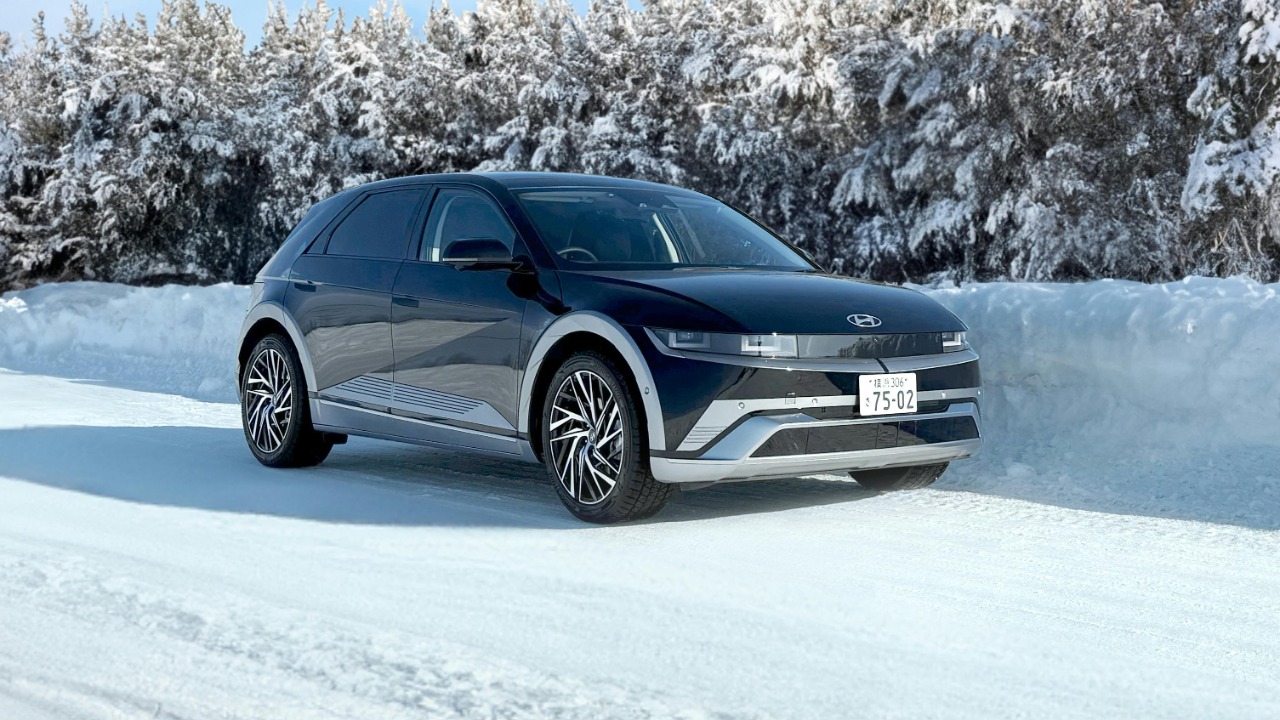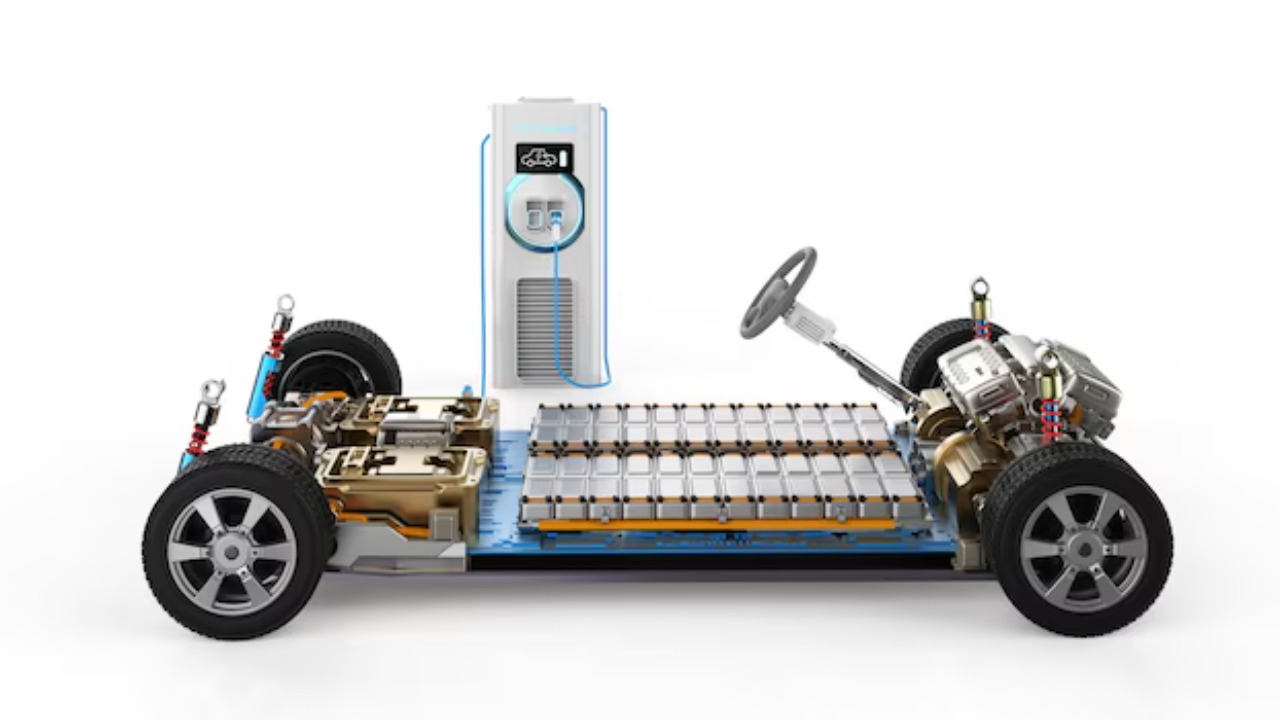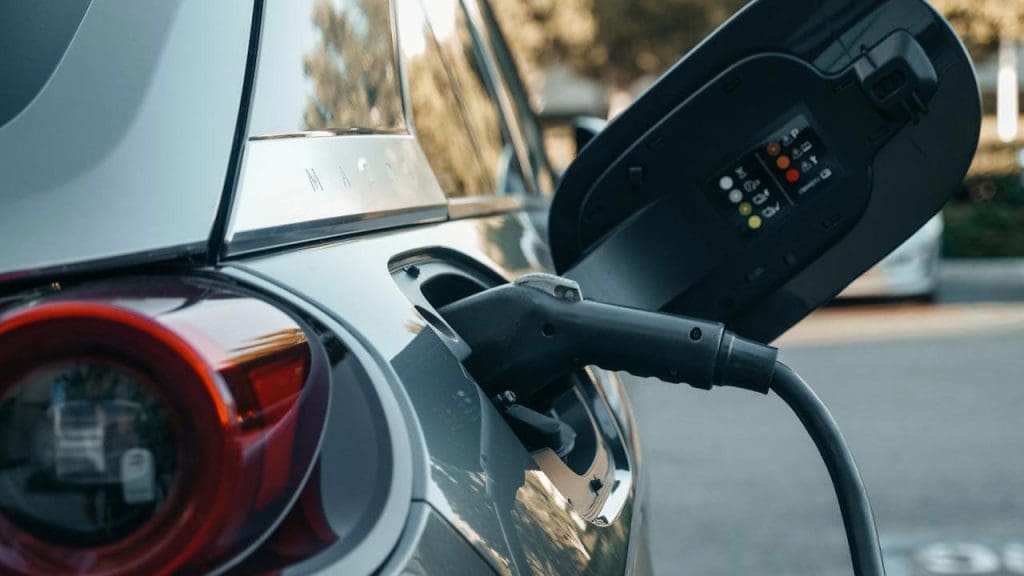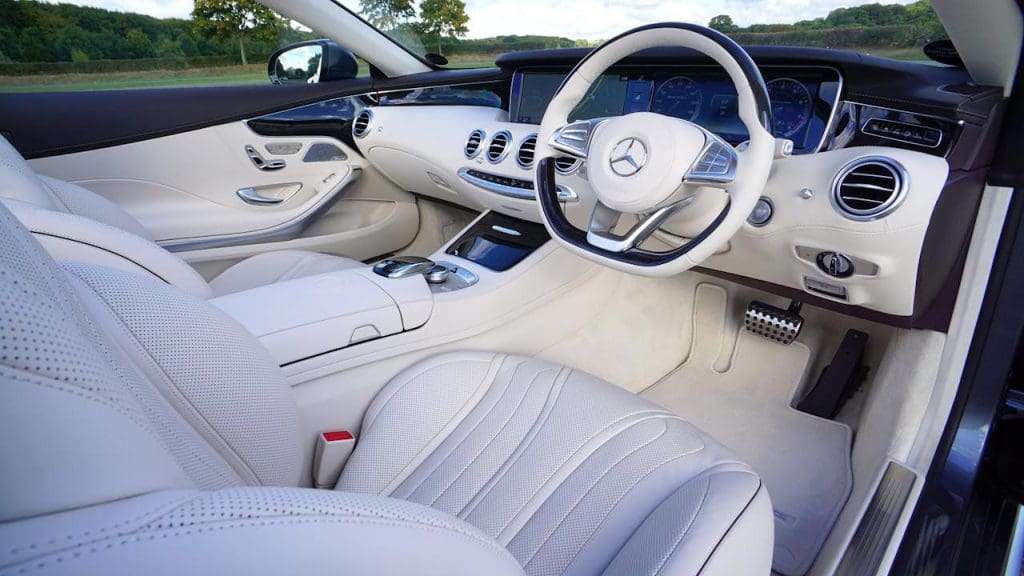
Electric cars are becoming a popular choice for eco-conscious drivers, but their performance can be significantly affected by cold weather. Understanding these limitations helps to set realistic expectations and plan accordingly. Here are six reasons why electric cars struggle in colder climates.
1. Reduced Battery Efficiency

Cold weather can significantly reduce the efficiency of electric car batteries. Low temperatures slow down the chemical reactions that occur within the battery, leading to reduced power output. This phenomenon is not unique to electric vehicles; hydrogen cars also face similar challenges in the winter months. As a result, drivers may notice a drop in performance and a decrease in the vehicle’s overall energy efficiency during colder periods.
2. Decreased Range in Cold Temperatures

Electric cars tend to have a shorter driving range in cold temperatures. The increased energy demand for heating and maintaining optimal battery temperatures further drains power reserves. This can be especially challenging for those living in regions with harsh winters, where winter weather dangers can be severe. Owners may find themselves needing to charge more frequently, which can be inconvenient and time-consuming.
3. Longer Charging Times

Charging times for electric vehicles can increase in cold weather due to the battery’s reduced ability to accept a charge. Cold batteries require more time to reach their full capacity, which can be frustrating for drivers in a hurry. However, companies like Tesla are addressing these issues by updating their software to improve cold weather supercharging performance, making it easier for owners to manage charging times during the winter.
4. Limited Cabin Heating Options

Heating the cabin of an electric car can be more challenging compared to traditional vehicles. Electric cars typically rely on electric heaters, which can drain the battery quickly. Some models incorporate heat pumps, but these can still be less efficient in extremely cold weather. As a result, drivers may need to balance their comfort with the need to conserve energy for driving. Reviews from drivers, such as those found in long-term electric vehicle tests, often highlight this trade-off.
5. Impact on Regenerative Braking

Regenerative braking is a key feature of electric vehicles, allowing them to recover energy during braking. However, its effectiveness can be reduced in cold weather. When batteries are cold, they are less receptive to the energy being fed back into them, which can limit the amount of energy recovered. This means that drivers might not experience the usual efficiency benefits of regenerative braking until the battery warms up.
6. Challenges with Cold Weather Start-up

Starting up an electric vehicle in cold weather can sometimes be problematic. The battery needs to reach a certain temperature to function optimally, and in extremely cold conditions, this can delay start-up times. Some vehicles come with pre-conditioning features that allow drivers to warm up the battery and cabin before use. However, these features can also consume additional power, adding to the overall energy usage during cold weather.